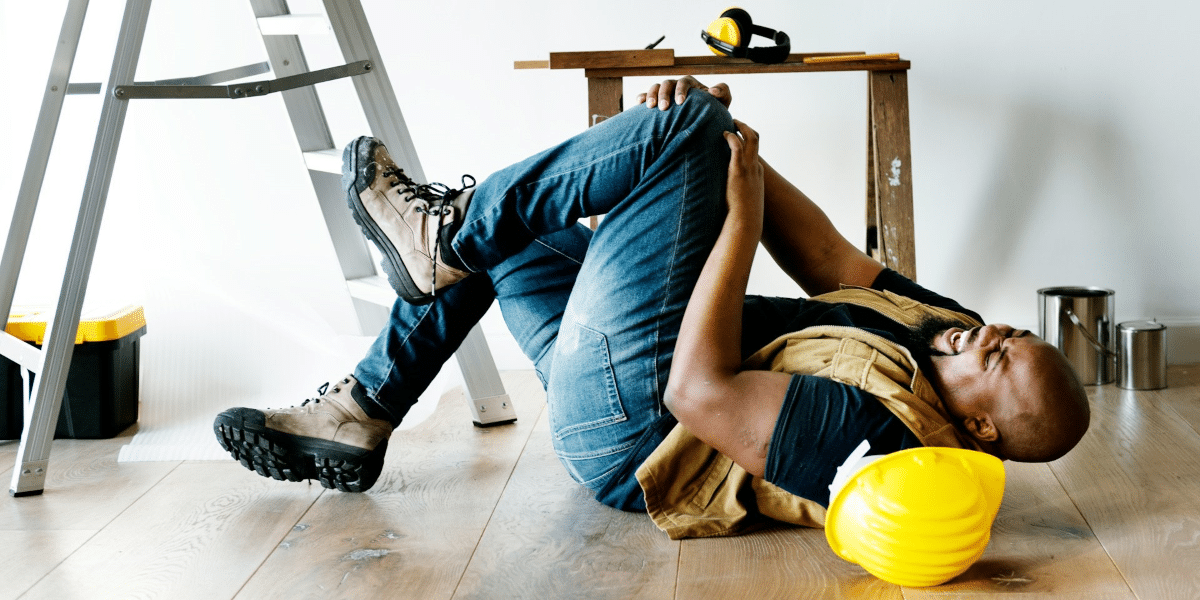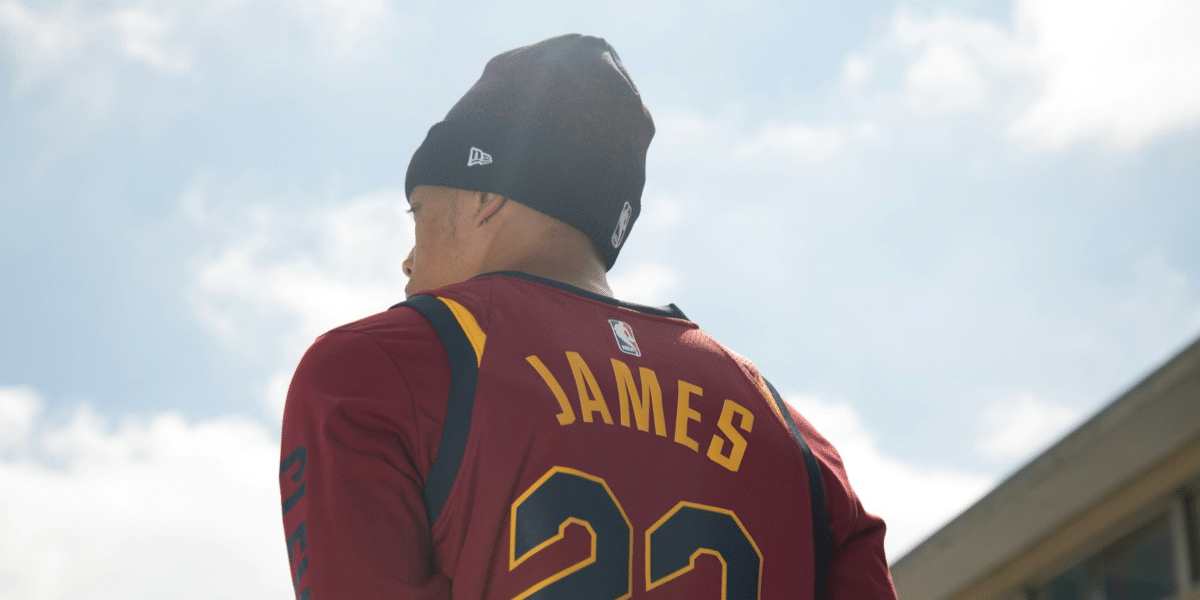Why Are Knees Affected By Age?
As we age, our knees often bear the brunt of years of movement, stress, and natural wear and tear. The knee joint is a complex structure that supports much of our body’s weight and allows for mobility. Over time, various factors contribute to the degradation of knee health, leading to pain, stiffness, and sometimes disability. This article explores the key reasons why knees are affected by age and what can be done to mitigate these effects.
Degeneration of Joint Structures
One of the primary reasons knees are affected by age is the gradual breakdown of the structures within the joint.
Cartilage Wear and Tear
Cartilage acts as a cushion between the bones in the knee joint, allowing for smooth and pain-free movement. Over time, this cartilage can wear down due to repeated use and mechanical stress. The resulting condition, known as osteoarthritis, is one of the most common causes of knee pain in older adults. Osteoarthritis leads to inflammation, stiffness, and reduced mobility, affecting millions worldwide.
Meniscus Degeneration
The menisci are two C-shaped pieces of cartilage in the knee that act as shock absorbers. With age, these structures can become thinner, less pliable, or even torn. Meniscus degeneration reduces the joint’s ability to absorb impact, leading to increased pain and a higher risk of injuries during daily activities.
Decreased Muscle Strength and Joint Stability
The muscles and ligaments surrounding the knee play a crucial role in maintaining joint stability, and these are also affected by aging.
Muscle Mass Reduction
Aging is associated with sarcopenia, the natural decline in muscle mass and strength. This reduction weakens the muscles around the knee, compromising joint stability. Without adequate muscle support, the knee joint is more prone to strain and injury, accelerating wear and tear.
Loss of Ligament Elasticity
Ligaments are the strong, fibrous tissues that connect bones and stabilize the knee joint. Over time, these ligaments lose elasticity and strength, making the joint less stable. This can lead to an increased risk of ligament injuries, such as sprains or tears, which may exacerbate knee problems in older individuals.
Accumulated Joint Stress and Overuse
The knee joint endures significant stress over a lifetime, and cumulative effects can lead to age-related degeneration.
Repetitive Movements
Years of repetitive movements, such as walking, running, or standing for long periods, can gradually damage the structures within the knee. Occupations or activities that involve heavy lifting, kneeling, or squatting place even more strain on the knees, increasing the likelihood of overuse injuries.
Previous Injuries
Old knee injuries, such as sprains, fractures, or ligament tears, can predispose individuals to chronic knee problems as they age. Even injuries that seemed minor at the time may contribute to long-term issues if they were not properly treated or rehabilitated.
Changes in Bone Density
Aging impacts not just soft tissues but also the bones that form the knee joint.
Osteoporosis
Osteoporosis is a condition characterized by decreased bone density and increased fragility. While it is more commonly associated with fractures in the hips and spine, weakened bones around the knee joint can also make the knees more susceptible to injury and pain. Reduced bone density may exacerbate conditions like arthritis or lead to stress fractures in the knee.
Increased Body Weight
Excess body weight is a significant factor that affects knee health, especially as we age.
Obesity and Knee Stress
Carrying extra weight places additional pressure on the knees. Studies suggest that every pound of excess body weight adds approximately four pounds of pressure on the knee joint during activities such as walking or climbing stairs. Over time, this additional stress accelerates the breakdown of cartilage and other joint structures, increasing the risk of osteoarthritis and other knee conditions.
Reduced Synovial Fluid Production
The role of synovial fluid in knee health is often overlooked but is vital for joint function.
Decline in Joint Lubrication
Synovial fluid is a viscous substance that lubricates the knee joint, reducing friction between the bones and cartilage. With age, the production of this fluid decreases, leading to increased stiffness, reduced range of motion, and discomfort during movement.
Genetic Predisposition
Family history can also play a role in determining susceptibility to knee problems as we age.
Hereditary Factors
Genetic predispositions can influence the likelihood of developing conditions like osteoarthritis or rheumatoid arthritis, which affect the knees. If close family members have experienced knee problems, it may increase the chances of similar issues in subsequent generations.
Lifestyle Factors
Lifestyle choices throughout life can significantly impact knee health in later years.
Physical Activity Levels
Both a sedentary lifestyle and excessive high-impact activities can negatively affect knee health. A lack of exercise leads to weakened muscles and reduced joint stability, while high-impact activities can cause repetitive stress injuries. Maintaining a balanced exercise routine that includes low-impact activities like swimming, cycling, or yoga is essential for knee health.
Smoking and Joint Health
Smoking has been linked to increased joint pain and a higher risk of developing conditions like rheumatoid arthritis. It also impairs circulation, which can hinder the delivery of nutrients to joint tissues, slowing down the body’s ability to repair and maintain the knee structures.
Mitigating the Effects of Aging on the Knees
While age-related knee problems are common, there are steps individuals can take to maintain knee health and minimize discomfort:
- Exercise Regularly: Focus on strengthening the muscles around the knees and incorporating low-impact activities to improve joint stability and mobility.
- Maintain a Healthy Weight: Reducing excess weight relieves pressure on the knees, slowing the progression of joint degeneration.
- Adopt Joint-Friendly Activities: Engage in activities like walking, swimming, or cycling that minimize stress on the knees.
- Prioritize Proper Nutrition: A diet rich in calcium, vitamin D, and other nutrients supports bone health and joint function.
- Seek Early Treatment for Injuries: Properly rehabilitate any knee injuries to prevent long-term complications.
- Use Supportive Devices: Braces, orthotics, or compression sleeves can provide additional support and alleviate strain on the knees.
The aging process affects the knees through a combination of factors, including joint degeneration, muscle weakness, accumulated stress, and lifestyle habits. While these changes are inevitable to some degree, understanding why knees are affected by age can empower individuals to take proactive steps to preserve joint health.
By focusing on regular exercise, maintaining a healthy weight, and adopting knee-friendly habits, it is possible to mitigate the effects of aging on the knees and maintain an active, pain-free lifestyle well into later years. With proper care and attention, the knees can continue to support mobility and independence for years to come.



